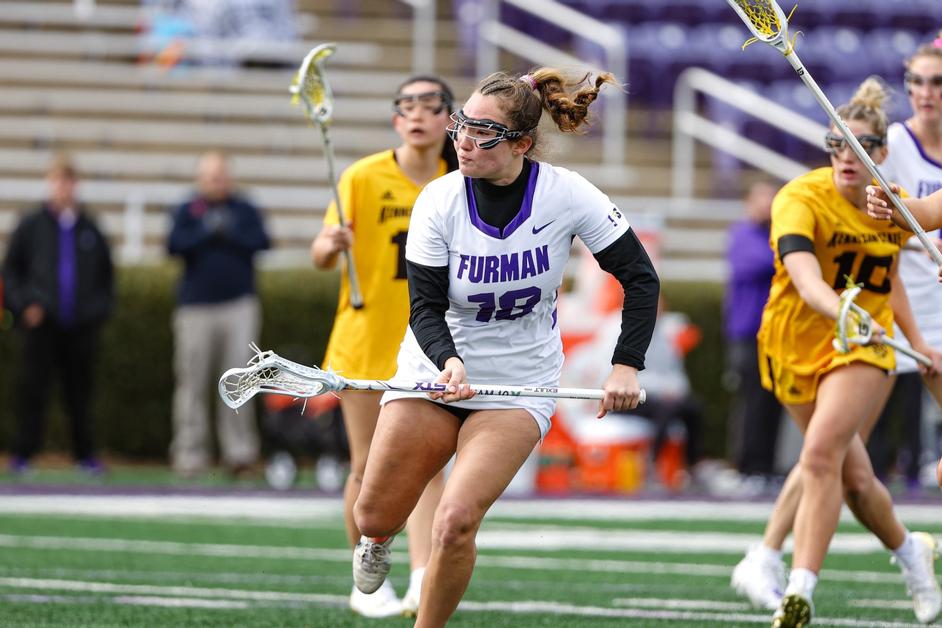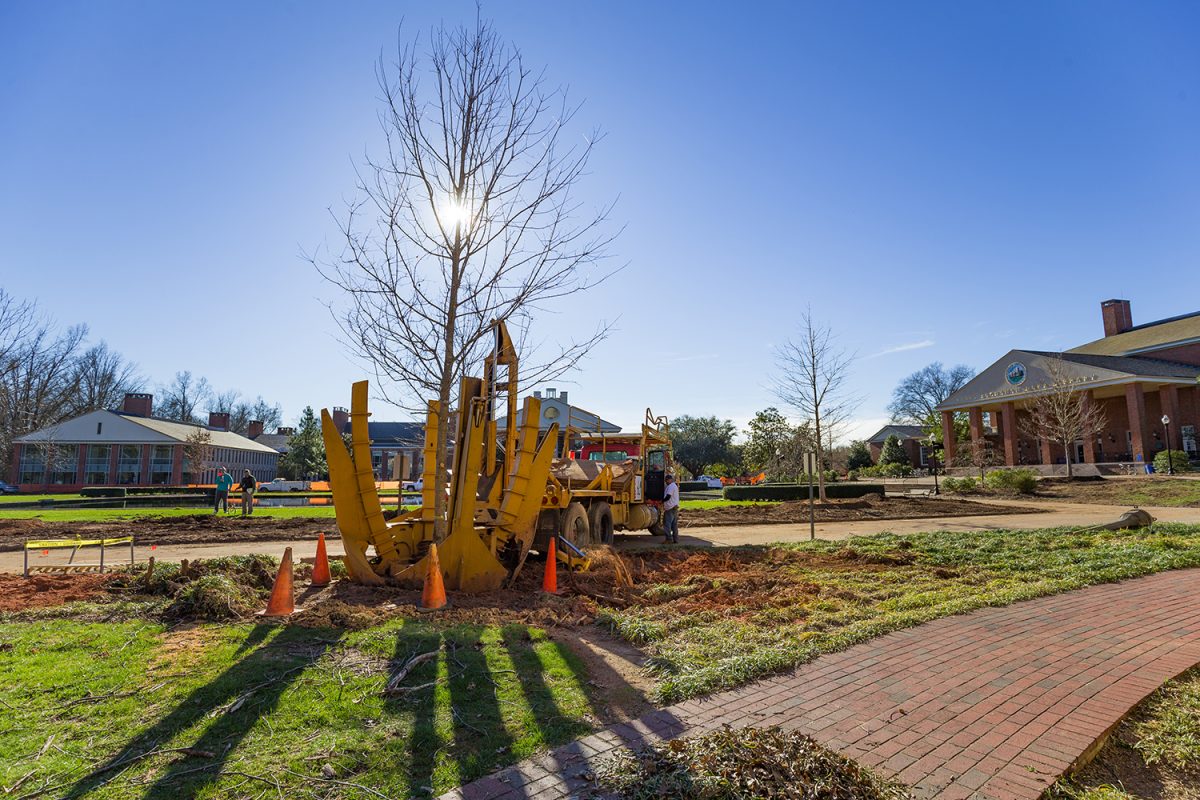The Class of 2015 has barely set foot on campus, and it has already made history. Furman history, that is.
With 784 new students, the Class of 2015 is one of the biggest classes Furman has ever seen. It outnumbers last year’s incoming class by over 80 students.
The increase in enrollment is intentional. The Strategic Planning Committee Preliminary Report released last April states that Furman plans to gradually increase the size of the student body in order to increase annual revenue.
“We believe this will put Furman in a stronger financial position in which we can generate resources to invest in the institution,” says John Beckford, Dean of Faculty and member of the Strategic Planning Committee.
With a larger target enrollment goal came a dramatic drop in admissions selectivity: this year’s 80% acceptance rate was Furman’s highest since 1996. Don Pierce, Director of Planning and Institutional Research, puts it plainly: “The number of applications didn’t increase, so we had to accept more [students].”
Despite the decrease in selectivity, the university believes student quality remains high. Lindsay Walker, Senior Assistant Director of Admissions asserts that since high-achieving students tend to self-select in applying to Furman, accepting a greater percentage of applicants has not drastically changed the academic profile of the incoming class.
This year, the Admissions office changed their policy for evaluating applicants, focusing less on standardized-test scores and more on extracurricular involvement. According to Admissions, the policy change has resulted in an incoming class full of interesting and talented students, with race car drivers, published authors, and black belts among them.
This class is also more ethnically diverse than any other class in Furman’s history, with a significant increase in both the percentage of nonwhite students (15 percent as opposed to last year’s 10 percent) and international students (4 percent as opposed to last year’s 2 percent). However, Furman remains a largely regional school, with 70 percent of incoming students hailing from the southeast, similar to the 71.8 percent from last year’s class.
Furman will undergo significant physical changes in the next few years to keep pace with the increasing population. Housing renovations will begin as early as next summer, and already many of the larger rooms in Poteat and McGlothlin have been converted to triples.
In addition, adjunct professors and several faculty members are picking up extra sections until new full time tenure-track positions are filled. Physical structures such as offices and lab spaces may also be added, drawing from the increased revenue that a larger class creates.
“A lot of institutions are really struggling in this financial environment,” says Dean Beckford. “If we can … develop a model that will allow for the quality of educational experience to improve and [still] have the resources that are needed, Furman is going to be one of those great success stories that will emerge among a rather gloomy [financial] environment in higher education right now.”
One thing is for certain: the Class of 2015 heralds dramatic and exciting changes in the university’s future.



























